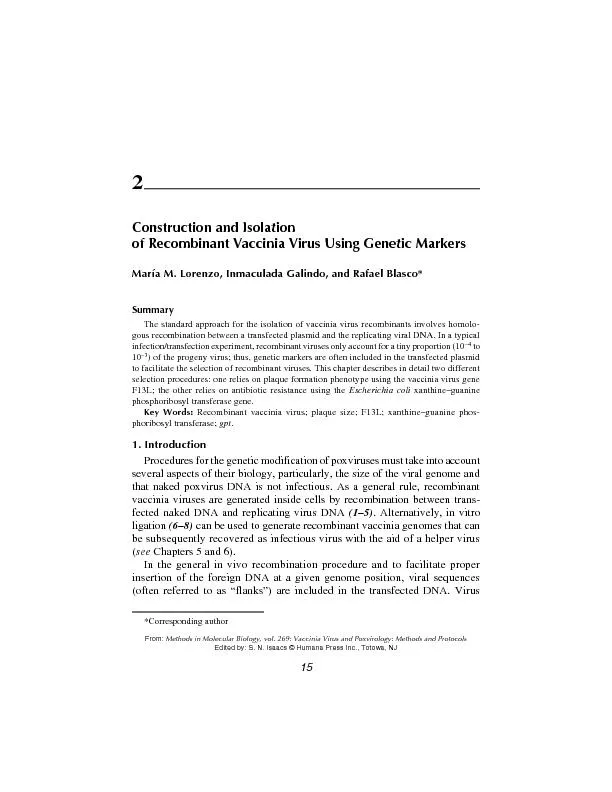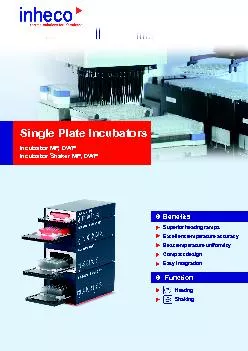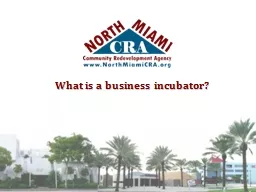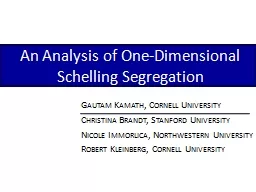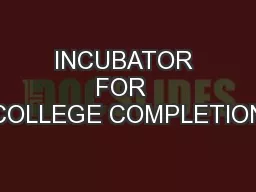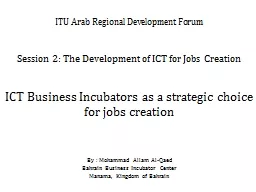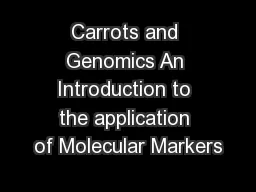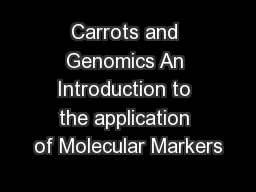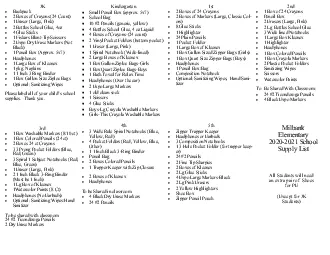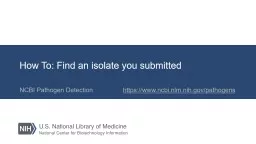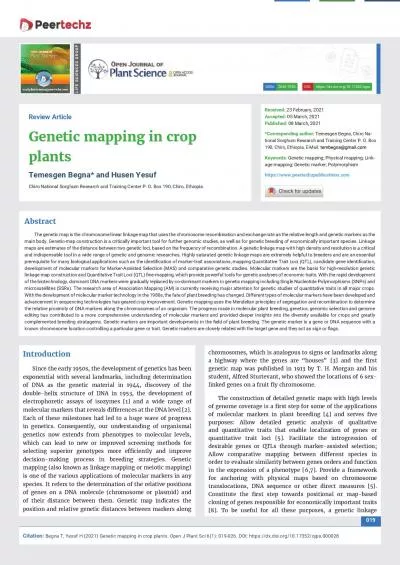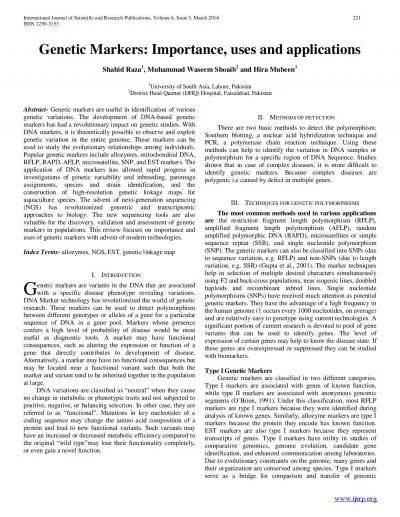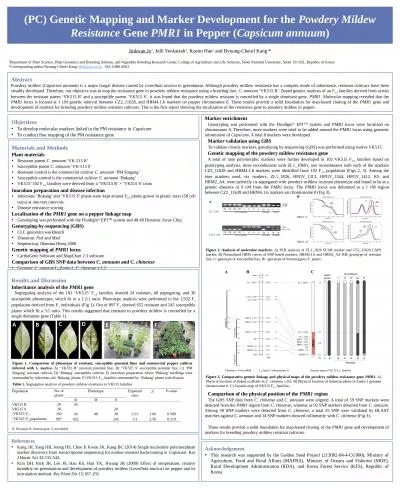PDF-Genetic Markers to Isolate Recombinants1711.Humidified incubator, 3712
Author : danika-pritchard | Published Date : 2016-07-19
3904 303 PM17 Genetic Markers to Isolate Recombinants19 Fig 119 3904 303 PM19 20Lorenzo Galindo and Blasco1About 24 h before infection split 13 a confluent culture
Presentation Embed Code
Download Presentation
Download Presentation The PPT/PDF document "Genetic Markers to Isolate Recombinants1..." is the property of its rightful owner. Permission is granted to download and print the materials on this website for personal, non-commercial use only, and to display it on your personal computer provided you do not modify the materials and that you retain all copyright notices contained in the materials. By downloading content from our website, you accept the terms of this agreement.
Genetic Markers to Isolate Recombinants1711.Humidified incubator, 3712: Transcript
Download Rules Of Document
"Genetic Markers to Isolate Recombinants1711.Humidified incubator, 3712"The content belongs to its owner. You may download and print it for personal use, without modification, and keep all copyright notices. By downloading, you agree to these terms.
Related Documents

